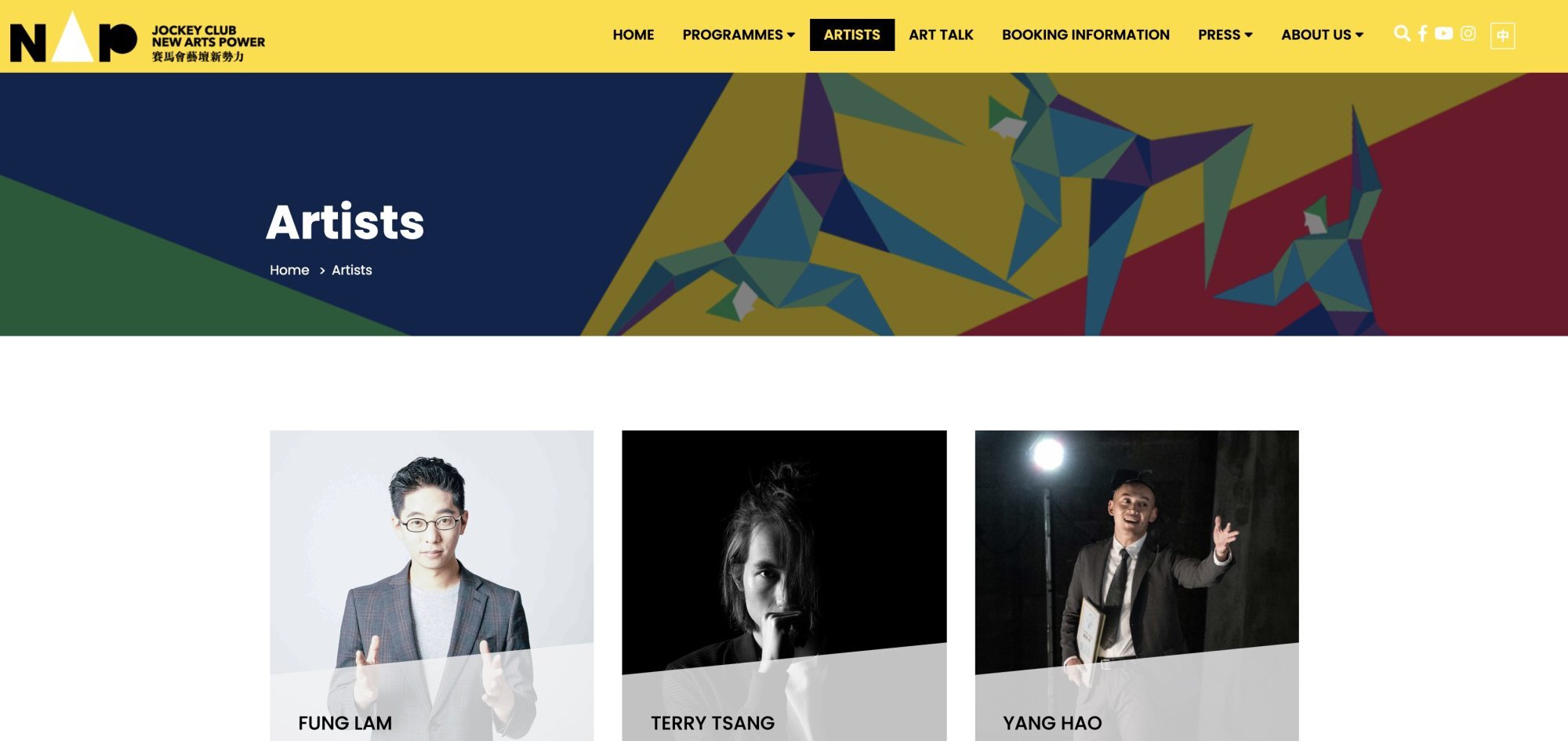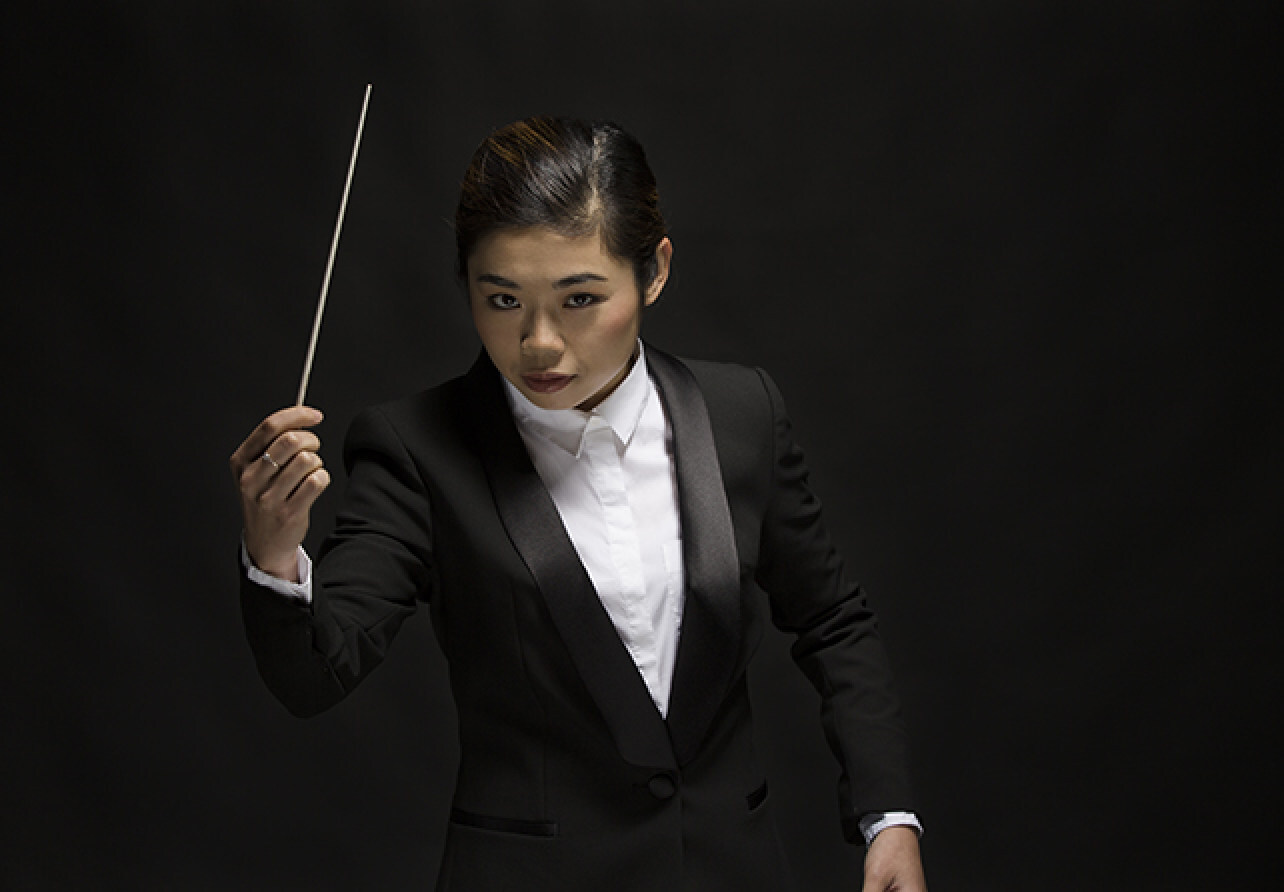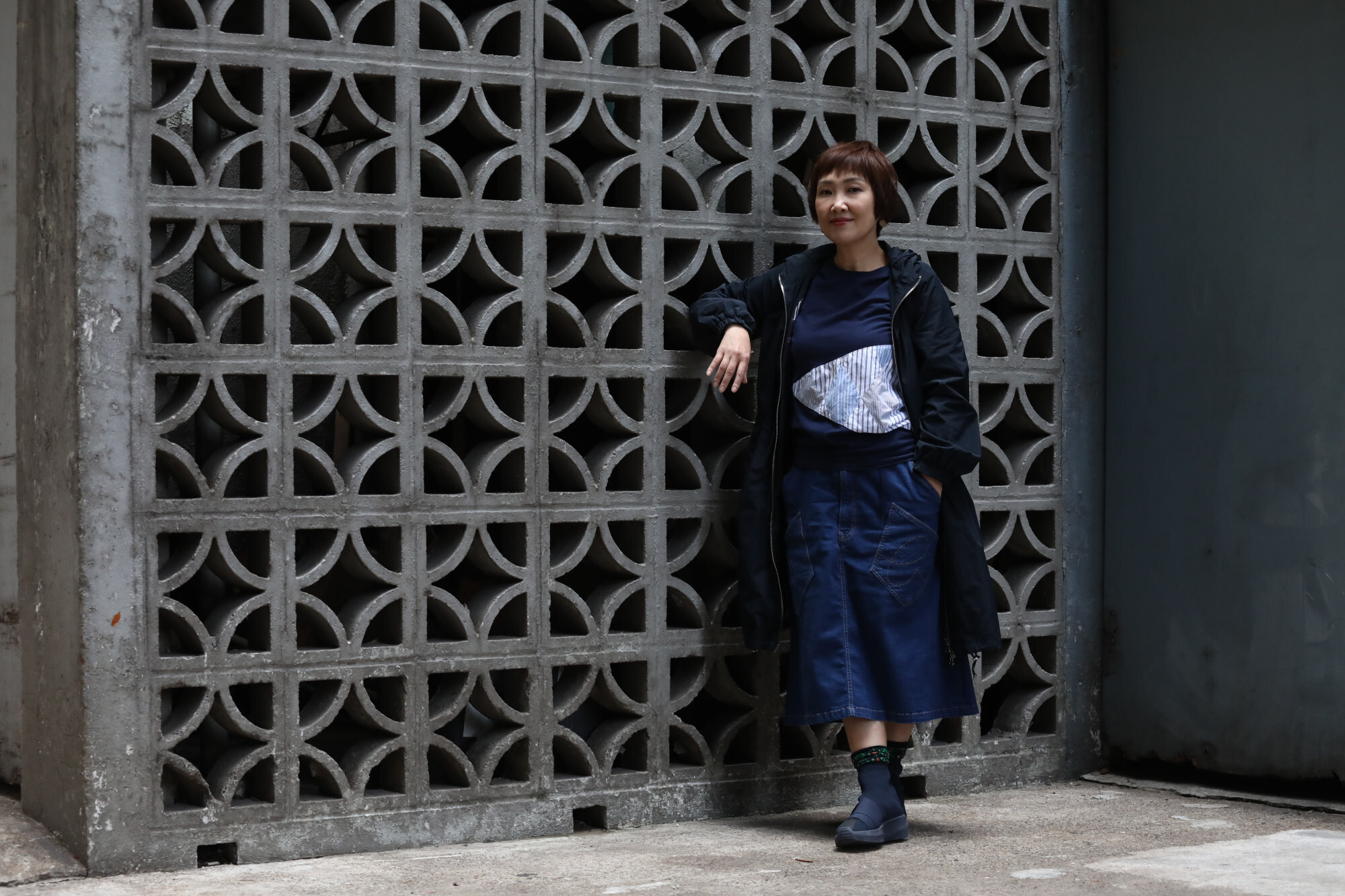
Is there gender bias against women in Hong Kong’s performing arts?
- Men dominate senior artistic positions and festival programmes in the city, with one performing arts director saying the issue is systemic
- But it is women who hold most senior cultural administrative roles, including at the Hong Kong Arts Development Council and the Hong Kong Ballet
One good thing the pandemic has done for the arts is thrust local talent into the limelight. But has this rare opportunity to grab audience attention in Hong Kong been shared equally?
Despite plenty of female performers featuring on stage, a marked gender gap exists among the principle characters behind most of 2021’s productions.
Take the Jockey Club New Arts Power (JCNAP), an annual arts festival in Hong Kong. Works by seven individual creators or groups were on the 2021 list, all consisting of either male solo artists or groups headed by a male artistic director. (This article is not intended to suggest that any of the male artists did not merit selection by the festival.)
“It is a coincidence that the majority of JCNAP participating artists are male,” a spokesman for the festival said.

A tally of the main performing arts festivals of 2021 shows a dearth of female creative leaders being acknowledged generally. Is it coincidence, a systemic bias in the curation of programmes, or broader issues affecting the availability of female talent in the field?
Opposing views exist among those with an intimate knowledge of the industry.
Dark, surreal and trancelike, Tai Kwun show bordered on the magical
“Nobody among our alumni feels gender is an issue [in the Hong Kong arts] and I am very happy about that,” says Gillian Choa, who became the first female director of the Hong Kong Academy for Performing Arts in 2021.
“It is quite systemic,” counters Paul Tam Siu-man, the executive director of performing arts at the West Kowloon Cultural District Authority. “It is not a lack of talent in Hong Kong but a lack of opportunity for females. It’s not just a matter of gender, either. The same applies to ethnic minorities, sexual minorities and other social groups in the minority.”
Who is right? It depends on how you look at it.

Besides JCNAP, local programmes for other 2021 arts festivals were also skewed towards male creators and directors.
The New Vision Arts Festival (NVAF), which has a reputation for unconventional and original programmes, had five local commissions in 2021, four led by male artists singled out in the credits. The exception was Menu Del Dia by The Up:Strike Project, created by co-artistic directors Matthew Lau and Karen Yu.
When I was younger, the voices of doubt were everywhere. As a woman I was not supposed to speak out, and I was made to feel that I should be in a supporting role to men who had bigger goals
For the West Kowloon Cultural District (WKCD)’s 2021 performing arts programmes, 63 per cent were under the charge of a male artistic director. While seemingly more balanced than the NVAF, the other 37 per cent were all by mixed teams rather than any strong female voices.
There have of course been female creators who have received notable commissions recently: director Olivia Yan Wing-pui’s Women Like Us (with script by Eva Wong) and playwright Candace Chong Mui-ngam’s upcoming We Are Gay, both for the Hong Kong Arts Festival (HKAF); and for the Spotlight performing arts season at Tai Kwun, Mui Cheuk-yin’s Diary VII – The Story Of…, and Rebecca Wong Pik-kei’s Under-Line. But these examples seem all too rare.
“HKAF does not programme by quota, whether geography, genre or gender,” says Tisa Ho Kar-kuan, executive director of the HKAF. “We aim to find the best projects that we can and the most suitable talent for or in them. We are mindful of being respectful to all, as partners and stakeholders.”
The Singapore International Festival of Arts also featured very few female artistic directors in 2021 (though compared with Hong Kong festivals, its line-up had more diversity by having more mixed teams). And most large performing arts companies in Western countries have male artistic directors, Tam says.

But looking at one layer of the ecosystem doesn’t paint the whole picture, Choa says.
“I have compiled statistics of the main performing arts groups [in Hong Kong] and over 50 per cent of senior management are women. These include marketing directors, assistant directors and so on,” she says.
In fact, women dominate the most senior cultural administrative roles in Hong Kong. The Hong Kong Arts Development Council, Hong Kong Ballet, Hong Kong Chinese Orchestra, City Contemporary Dance Company, Chung Ying Theatre and Hong Kong Sinfonietta all have women as chief executive officers or executive directors.
Also, a lot of HKAPA graduates don’t necessarily aspire to senior artistic positions, Choa adds. “Even with government support there just isn’t enough money going round and it’s really hard to start your own company. So many of our graduates are content to remain as freelancers, and they are doing really well,” she says.

Director Olivia Yan agrees that there is a lot of female talent out there, but not necessarily in jobs with the word “director” in them.
“There are many women creators, as in script writers, actors, designers. And even on the technical side, which is traditionally male-dominated, I am seeing far more women in those jobs in Hong Kong,” she says.
As in other sectors, women often make career decisions that align with what they want to do in their private lives, Yan adds.
“Biology matters. When I was in my 30s I decided to become a mother. But it doesn’t mean your career suffers. When I became a mother, that’s when I switched from acting to directing because as director you are more in charge of your own time,” she says.

But on the whole, Yan says, Hong Kong remains rather backward in terms of gender equality, something for which the media, with its constant diminishing and objectification of women, bears much responsibility.
“Things are better for me now I’ve put in many years of hard work and proven myself. But when I was younger, the voices of doubt were everywhere. As a woman I was not supposed to speak out, and I was made to feel that I should be in a supporting role to men who had bigger goals. And that is a reflection of wider society,” she says.
Tam says that selection panels at arts organisations need a more balanced voice, which is in line with discussion overseas that has focused on younger female artists and how they progress. “The same group of people with the same values choose the same people.”
At the WKCD, Tam says his team is making a conscious effort to bring more equality to the district’s artistic presentation. In 2022, for example, there will be a dance festival featuring a line-up of all-female choreographers, he says.
“We are also making a more conscious effort to include more minorities in our presentations generally,” he says. “We should all be addressing the issue of diversity, because that engenders a kinder, healthier, safer and more inspiring society for all.”

In the past few months, a number of key artistic director positions in the US and Europe have gone to women in a boost to gender diversity in performing arts’ upper echelon.
Meanwhile, Hongkongers will recall that Madeleine Onne, formerly of the Hong Kong Ballet, is now artistic director of the Finnish National Ballet, and locally born Elim Chan is chief conductor of the Antwerp Symphony Orchestra and principal guest conductor of the Royal Scottish National Orchestra.
Additional reporting by Chloe Henson and Sophia Xu

